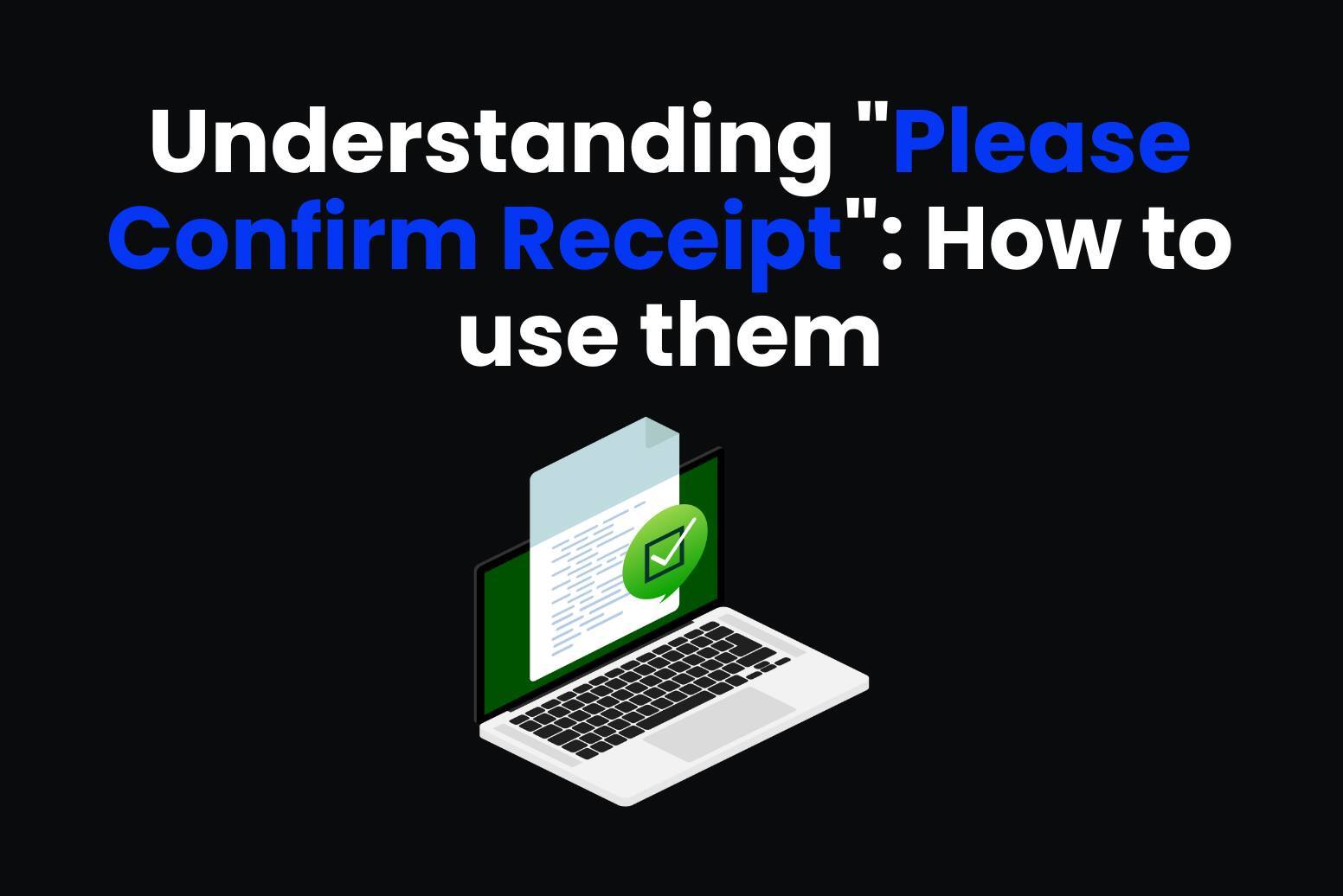
Taking time to learn how to make an outline for an essay can boost the quality of your work and potentially improve your grades.
While it might sound like an unnecessary additional step, the process of outlining your essay can clarify your thoughts, improve the structure of your essay, and ensure that you don’t miss out any key information.
The good news is that outlining your essay isn’t difficult. You just need to know how to do it. In this article, I show you precisely which steps to take when outlining your essay and show you how to present the outline correctly.
So, without further ado, learn how to make an outline for your essay to improve your assignments.
What is an outline for an essay?
An outline provides a clear map of your assignment that you can follow to ensure you meet your main objectives. The best outlines specify what you should include in each section and paragraph to cover your key points.
Crucially, however, an outline also shows how your writing fits together as a whole, complete piece, rather than as standalone paragraphs.
Getting into the habit of outlining your assignments is fundamental to essay planning, and will likely help you to improve your grades. That said, some students skip this step as they see it as time consuming. But, as we show here, taking an extra thirty minutes or so will significantly improve your output.
Why should you make an outline? The pros & cons
The main reason to make an outline is to clearly ascertain and list your thoughts before jumping into an assignment. This is beneficial because it allows you to think methodically and ensures you cover all key points. Here are the pros and cons of making an outline before writing your essay:
✅Improve your structure: An outline will help to improve the structure of your writing, splitting your assignment into cohesive sections and paragraphs.
✅Keeping track of your research: Outlining your essay is also handy for keeping track of your initial research, as you can list the findings and key points in each section to ensure you cover all bases.
✅Covering all bases: When you outline an assignment, you can ensure that all key topics are covered, rather than focusing on the word count. If you start writing without an outline, you might omit key information because you’re out of words.
❌Time consuming: The main downside to outlining is that it takes more time. You will need to allocate 30-60 minutes before writing your essay to creating the ideal outline.
How to make an outline: What you must include
The first step towards understanding how to make an outline is recognizing which elements you should include. The easiest way to organize your material is to split the essay into its key parts:
Introduction
Whether you’re writing a compare and contrast essay or any other type of assignment, you must begin with a solid introduction.
Begin by hooking the reader with a quote, statistic, or detail that is relevant to your topic. Then, you can proceed with some background on the topic to present the context of your argument.
Finally, you must present your thesis statement, which indicates to the reader what you plan to argue or explore. As outlined by the University of Newcastle, the thesis statement is “Your response to the question; your final answer. It is probably the most important part of the introduction.”
This is a difficult aspect of essay writing and it’s crucial to get right. You can use Arvin’s free Thesis Generator to succinctly come up with a thesis to include in your introduction.
An introduction should only constitute about 10% of the final assignment, so bear this in mind when considering your overall word count.
Here’s how the outline might look for your introduction:
- Introduction (10% of word count)
- Hook the reader with a direct quote, statistic, or crucial piece of information relating to the assignment.
- Provide background information and contextualize the argument being presented.
- Present the thesis statement.
Main body (Split into 3-5 sections)
Depending on the length of the essay, you should split the main body into three to five sections. Each section should be about equal in length. Importantly, they must introduce crucial points to back up your thesis statement.
It’s good practice to introduce at least two pieces of evidence in each section. They might be from a book, journal article, or an empirical study. They don’t need to agree with one another, but they should affirm your position as a researcher.
Here’s how you might present one of the sections in an essay outline:
- Section 1 (25% of word count)
- Make the first argument.
- Present one piece of evidence from a trusted source to corroborate the argument. Interpret the evidence and make it relevant to the thesis statement.
- Present a second piece of evidence from a trusted source to corroborate the argument. Interpret the evidence and make it relevant to the thesis statement.
- Write a mini conclusion that links this section with the next.
You can repeat this outline for the next two, three or four sections of the main body, depending on how long your essay is. Remember to adjust the word count. We advise you to keep the main body sections roughly the same length. Also, each part of the section should be presented in its own paragraph.
Conclusion
The final part of an essay outline is the conclusion. This is where you bring together the key points that you have made to support your initial thesis statement.
The initial part of the conclusion should be a summary of the information presented. You don’t need to go over the information in great detail; just touch again upon the key points presented.
Then, interpret the information and specify why it’s important and why the evidence has proven your points.
Finally, you need to reaffirm your thesis statement and show that you have done what you set out to do in this assignment. Learn how to restate a thesis in your conclusion so you can carefully repurpose your initial thesis without contradicting yourself. Like generating your initial thesis, using AI to restate your thesis can be extremely helpful when trying to crystallize your thoughts.
Here’s how the conclusion might look in an essay outline:
- Conclusion (10% of word count)
- Summarize your essay and touch briefly on the key points made.
- Contextualize your argument and make clear why your point is valid.
- Restate your thesis and bring the essay to a compelling close.
How to make an outline: The presentation

Though it doesn’t really matter how you present an essay outline, there are a few rules to be aware of if you want it to look professional. Remember, the outline is for your eyes only, so you can present it in any way that you choose. But, if you want to follow the established guidelines for outlines, here are some rules to remember:
The main topics should be presented as Roman numerals. For instance:
I: Introduction
II: Section 1
III: Section 2
IV: Section 3
V: Conclusion
The paragraphs underneath the title should be listed as capital letters, not bullet points (i.e., A, B, C, D, etc.). For instance:
I: Introduction
A: Hook the reader with a direct quote, statistic, or crucial piece of information relating to the assignment.
B: Provide background information and contextualize the argument being presented.
C: Present the thesis statement.
Should you wish to make further points to provide more context to the paragraphs, these should be listed numerically. For example:
I: Introduction
A: Hook the reader with a direct quote, statistic, or crucial piece of information relating to the assignment.
- Lift a quote from Mandela’s Long Walk to Freedom.
B: Provide background information and contextualize the argument being presented:
- Present statistics that show how many political prisoners taken during apartheid South Africa.
- Reveal how long Mandela served in prison.
You can use the following section as a source of inspiration, as we show a real-life example of how to outline an essay. We present the essay outline with the above points in mind.
A real-life example of an essay outline for inspiration
To show you how to make an outline, I’ve shared an example of an essay I wrote and researched during my postgraduate studies.
I was interested in Nelson Mandela’s influence on the anti-apartheid struggle in South Africa, even though he was incarcerated for decades.
Here’s an example of an argumentative essay within this context, and how the outline looks:
Title: The Persecution of Nelson Mandela Under Minority White Rule in South Africa
I: Introduction
A: Hook. Present a statistic outlining the number of days Mandela was incarcerated as a political prisoner.
B: Background information and context, outlining apartheid rule and Mandela’s role in the ANC and the anti-apartheid movement more broadly.
C: Thesis statement:
- Mandela’s persecution by the minority white government in South Africa was systemic of the broader, sweeping racist policies rolled out throughout the country between the 1950s and 1990s. Still, it ultimately led to revolution and more racial equality in South Africa.
II: Apartheid in South Africa
A: Explanation and exploration of apartheid and where it came from.
B: Argument & evidence showing how apartheid was used to control black lives in South Africa.
C: Argument & evidence showing how apartheid enriched and empowered the white minority over the course of several decades.
III: Mandela’s role in the ANC and anti-apartheid movement
A: Introduction to Mandela as a political activist and as a key contributor to the early days of the ANC.
B: Argument & evidence showing Mandela’s education & qualities as a leader of the movement and how this led to his incarceration.
C: Argument & evidence showing Mandela’s justification of anti-apartheid violence (Umkhonto we Sizwe) and how it emboldened the state to arrest him.
IV: Mandela’s imprisonment & status as a symbol of repression
A: Details of the unfair trial and imprisonment of Mandela and his subsequent incarceration in the Robben Island prison.
B: Argument & evidence stemming from the Rivonia Trial and how it shaped the skewed justice system of the South African government.
C: Argument & evidence showing Mandela’s incarceration & his leadership of the ANC from within jail.
V: How Mandela’s imprisonment backfired against the South African government
A: Exploration of Mandela’s symbolism as a cruelly imprisoned leader against apartheid and his global fame during his incarceration.
B: Argument & evidence showing that his writing and lobbying during imprisonment led to his release, following international condemnation.
C: Argument & evidence showing that Mandela and his peers were instrumental in ending apartheid against the odds and how it reshaped the South African political and cultural landscape.
VI: Conclusion
A: Summary of the key points of the essay:
- Apartheid in South Africa.
- Mandela & the birth of the ANC.
- Mandela’s imprisonment & role as a symbol of repression.
- The backfiring of Mandela’s incarceration & his liberation.
B: Explain that Mandela’s imprisonment was representative of the way the government dealt with activists. Also, show how it inadvertently gave Mandela and the ANC a huge global platform to showcase the horrors of apartheid.
C: Restate thesis:
- Mandela’s imprisonment was a racist manifestation of apartheid rule, but ultimately, it backfired on the regime and led to his freedom and the complete reformation of the South African state.
This essay outline didn’t take me long to put together. That said, the quickest way to put together an outline is to ask Arvin AI to create one for you. You can prompt the tool, as shown in this example below, to create an essay outline on your behalf.

Then, spend a few minutes personalizing the example and making necessary changes before writing your essay.
Also, at the bottom of the essay outline, remind yourself to proofread and check your essay for grammatical errors before submitting. You can use our free AI Grammar Checker to polish your essay before sending it to your tutor.
How to make an outline in 5 simple steps
As we bring this article to a close, we want to leave you with five simple steps that you can follow, which show how to make an outline:
Step 1: Do your research
The first step is to conduct some research into the topic you wish to write about. For academic essays, check out the following sources:
- Books by relevant authors and academics in the field.
- Academic journals, which you will find on JSTOR and other online databases.
- Empirical studies conducted within your field.
The best essays use at least ten different sources, ideally a mixture of books, studies, and journal articles. Unless you’re doing a dissertation or writing a research paper, you probably don’t need to introduce primary data.
Step 2: Write a thesis statement
It’s much easier to create an essay outline when you have a thesis statement in mind. After all, the thesis statement guides every aspect of the essay-writing process.
So, your thesis statement doesn’t need to be set in stone at this stage, but it does need to be loosely defined so you can list the relevant topics you want to cover.
Step 3: List the arguments you want to make
Each section of your outline (excluding the introduction and conclusion) should present a new argument or topic that’s relevant to your thesis statement.
Think carefully about the arguments you want to make, as they should be relevant to your thesis and you will need to back them up with arguments from published sources.
It’s okay to create a list of 10+ arguments that you might make, only to narrow it down when writing your outline. We recommend settling on 3-5 individual points that you would like to cover. You should then give each its own section in your outline.
Step 4: Add details & specifics
When you’ve settled on your initial list, you need to provide some additional details to flesh out the arguments. Remember, this is for your eyes only at this stage, so you don’t need to make comprehensive arguments in each section of the outline.
But it is helpful to provide additional information and specific statistics to the outline, as they will guide you as you write. Where appropriate, you can also make reference to the specific sources that you will draw upon in your essay.
Step 5: Write the outline
The final step is to put the outline together. Use the presentation guide and refer to the recommended sections as shown earlier in this article.
You can then review the outline and if you’re happy, you can proceed with your essay.
The bottom line: How to make an outline
Taking the extra steps to make an outline for an essay will pay dividends in the long run. A clear and thorough outline will help to crystalize your thoughts and will prevent you from omitting important information.
And as shown above, outlining an essay isn’t difficult. You can follow the simple five steps and use our presentation as a guide to outline all essays and assignments that you’ve got to work on this year.
If you follow this guide, you will likely see your grades improve as a result.
How to make an outline FAQ
How do you start an outline for an essay?
You must start an essay outline with details of your introduction. This should include a hook, some contextual information, and a thesis statement. You can then proceed with outlining each of the sections you wish to include in your essay.
What is the basic outline format?
You should begin with an introduction, followed by 3-5 sections (depending on the length of the assignment) and finish with your conclusion. Each section of the outline should contain around three points, detailing the argument, evidence, and points that you’re planning to make.
Is an essay outline necessary?
You don’t have to write an essay outline. After all, it’s not graded as part of your assignment. But, most students find the process to be extremely beneficial, as it can help to clarify your thoughts and will prevent you from missing out key information that’s relevant to your thesis statement.






